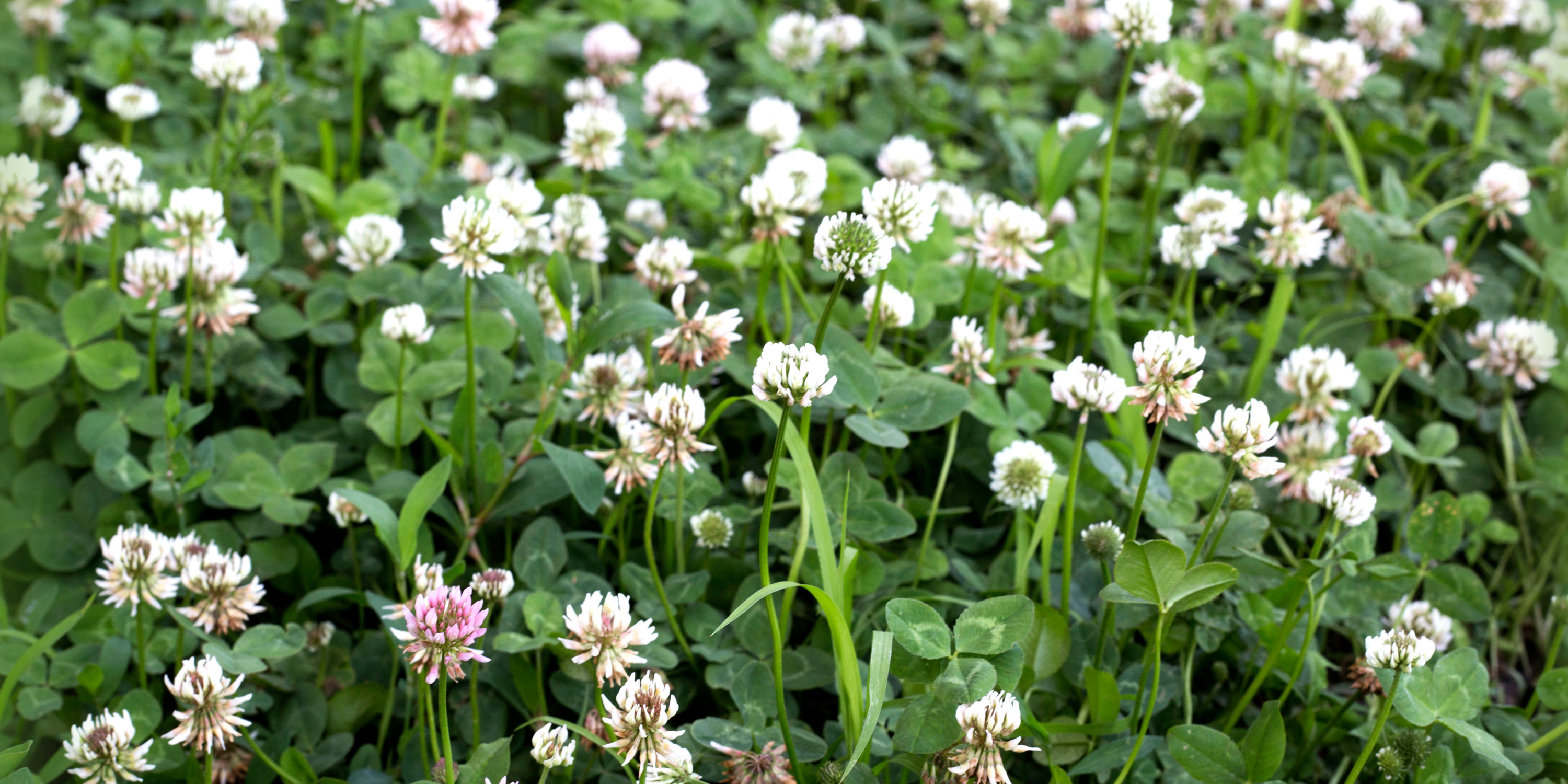
What Is Living Mulch? A Natural Way to Protect and Nourish Your Soil
In the world of sustainable farming and gardening, "living mulch" is becoming a go-to strategy for people who want healthier soil, fewer weeds, and a more natural approach to land care. But what exactly is living mulch — and why is it a game-changer for your garden, orchard, or farm?
Let’s dig into what living mulch is, how it works, and why it's worth considering for anyone looking to support soil health and reduce chemical inputs.
What Is Living Mulch?
Living mulch refers to low-growing, ground-covering plants that are intentionally grown to serve the same purposes as traditional mulch: suppressing weeds, retaining moisture, regulating soil temperature, and improving soil health.
Unlike bark, straw, or wood chip mulches, living mulch is alive — it grows, breathes, and even improves the soil over time. Think of it as a dynamic, green carpet working alongside your crops or plants.
Some popular living mulch options include:
-
Clover (White or Crimson)
-
Creeping Thyme
-
Vetch
-
Alfalfa
-
Dutch White Clover
-
Creeping Red Fescue
-
Low-growing grasses or herbs
Each plant has unique traits that make it more suitable for different climates, crops, and uses.
How Does It Work?
Living mulch works in several ways:
Weed Suppression
By covering the ground, living mulch reduces the amount of sunlight reaching weed seeds, making it harder for them to germinate. Less weeding = more time for you.
Moisture Retention
Living mulch shades the soil, reducing evaporation and helping maintain consistent moisture levels — especially useful during dry spells.
Soil Enrichment
Many living mulches (like clover and vetch) are legumes that fix nitrogen from the air into the soil, improving fertility naturally. Their roots also prevent erosion and promote better soil structure.
Biodiversity Boost
Living mulch supports pollinators, beneficial insects, and microorganisms. That means fewer pests, more pollination, and healthier ecosystems around your plants.
Reduced Soil Compaction
The roots of living mulch plants help keep the soil loose and aerated, which is great for water infiltration and root development in your crops.
Where Can You Use Living Mulch?
Living mulch is highly versatile and can be used in many agricultural or garden settings:
-
Between crop rows in vegetable gardens or farms
-
Around fruit trees in orchards or food forests
-
In flower beds or landscaping for a natural, weed-resistant ground cover
-
Under vine crops like pumpkins or squash to keep soil cool and moist
It’s especially helpful in no-till systems, organic gardens, and permaculture projects where soil health and long-term sustainability are top priorities.
Challenges to Consider
While living mulch offers many benefits, it’s not without challenges:
-
It can compete for nutrients or water with your main crops if not managed carefully.
-
Some living mulches need regular mowing or trimming to prevent them from overtaking desired plants.
-
Choosing the right species is key — the wrong plant could become invasive or simply fail to thrive in your conditions.
The key is to select a living mulch that complements your climate, crop needs, and management style.
Final Thoughts
Living mulch isn’t just a buzzword — it’s a practical, powerful way to build healthier soil and reduce your dependency on synthetic fertilizers, herbicides, and irrigation. Whether you're a home gardener or a regenerative farmer, planting a living mulch could be one of the most rewarding decisions you make for your land.
It's nature helping nature — and you — thrive.
Share


